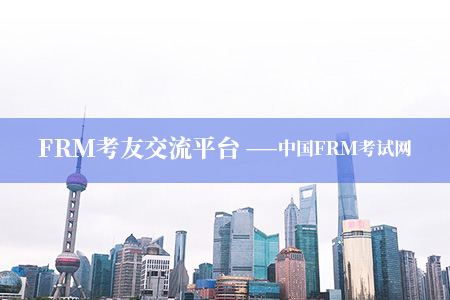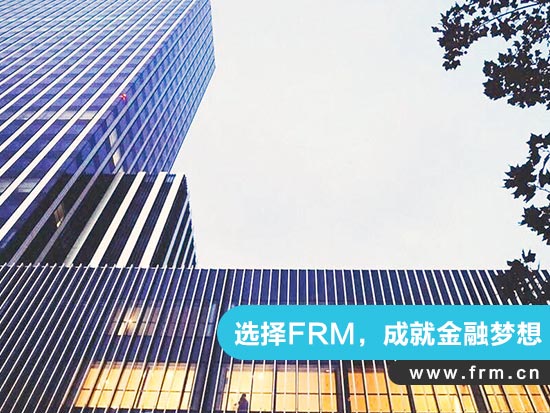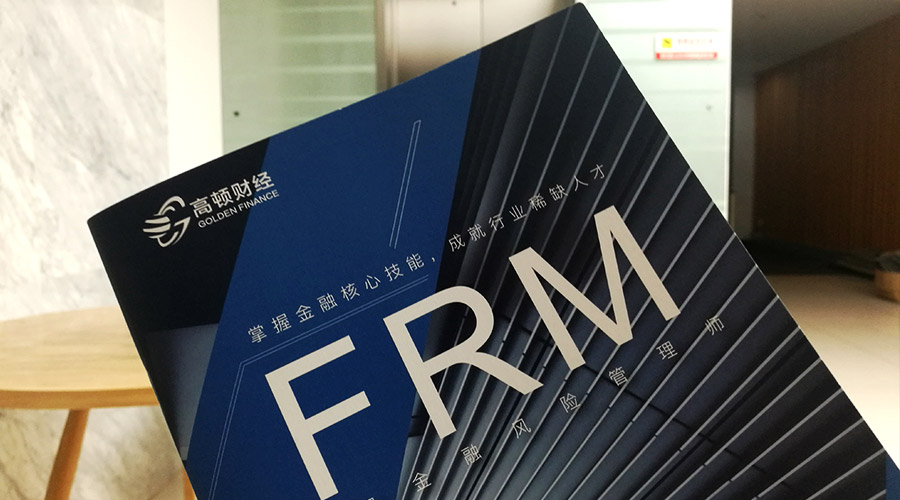本文作者;John Hintze
来源:GARP
随着冠状病毒的蔓延,购买第一组包含流行病的巨灾债券的投资者不得不向世界银行(World Bank)付款。世界银行于2017年7月发行了这笔3.2亿美元的债券,以帮助支持其流行病紧急融资机制(PEF)。
据跟踪保险连接证券(ILS)市场的Artemis公司2月27日发布的一份报告,目前两个非常重要的触发条件已经满足,如果其他条件也被满足,第一种类型的支付可能很快就会实现。
"我们能看到触发流行病巨灾债券,无论触发该债券的支付比例是多少,最早的时间是在3月23日之后,并且前提是增长速度保持为正,且符合触发合约的必要条款。"Artemis称。
投资者担忧的是,PEF最高风险级别债券的出价从2月底的平均45到55美分的价格,在3月初降至5美分。
巨灾债券(cat bond)在1000亿美元的ILS市场中约占300亿美元,其余部分则包括各种担保结构和掉期,通常会转移保险公司的非寿险风险。大流行和其他“非高发”风险,如洪水和野火,通常在巨灾债券中扮演次要角色,往往随着时间的推移发生概率逐步上升。而巨灾债券的主要风险,如飓风和地震,则更多地触发了交易支付。
然而,近年来森林大火和洪水的频发,加上越来越复杂的模型来衡量和定价潜在的损失,已经把这些次要的危险推到了首要位置,甚至能成为最近巨灾债券被触发的唯一风险。由于风险转移市场的结构动态,以及技术的进步,更容易造成“新”风险,包括网络风险,这一趋势也可能会被不断加强。
保险连接证券市场的反弹
Indications are that 2020 will be a banner year for cat bonds and ILS.The volume of cat bond and ILS transactions slumped last year,to$11.1 billion.Although that was the third-highest on record,it was down from$13.9 billion in 2018 and$12.6 billion in 2017,according to Artemis.
Paul Schultz,CEO of Aon Securities,a top ILS broker,said the drop was partly a timing issue,since fewer deals had to be renewed.
“And because we were coming out of a two-year period where ILS managers,and ultimately the investors and capital providers,had a tougher time,there wasn't as much fresh capital coming in,”Schultz said.
Cat bond and ILS volume picked up in the 2019 fourth quarter,reaching a record$3.3 billion.Artemis says another record is likely in 2020's first quarter,at$5.1 billion,of which$3.9 billion is catastrophe risk.The cat bond and ILS volume is running 84%ahead of last year,and is 21%higher than in the previous record first quarter,in 2018.
“We saw a pause in ILS asset growth in 2019 as the portfolio losses were replenished,but some growth has now resumed,”said Bill Dubinsky,managing director and CEO of Willis Securities.Most of the current growth is additional money from existing investors,including pension funds,endowments,and high-net-worth investors,he added,“although we expect new end-investors to become more prominent in 2020.”
Catastrophe bond&ILS risk capital issued&outstanding by year
Source:www.Artemis.bm Deal Directory
巨灾债券的发展
Aon,which on March 9 announced a merger agreement with Willis Securities'parent Willis Towers Watson,anticipates cat bond issuance in 2020 totaling$10 billion,of which$3 billion will be new issuance.Those figures in 2019 were$5.4 billion and$2.5 billion,respectively.
Much of the new issuance will make up for capacity shortfalls in the reinsurance and retrocession markets,where one reinsurer assumes another's risk,and which bore the brunt of losses from catastrophes a few years ago.
“[ILS]is a market that is bringing capacity,and when some of the other markets are a bit more challenged–such as reinsurance–you see buying in the cat bond market,”Schultz said,noting reinsurers'year-end renewals were orderly,but demand currently outstrips supply.
The shift will likely bring more of the untraditional perils to the cat bond market,diversifying risk for investors while also creating new challenges,since the models used to measure and price those risks are new and less understood than traditional ones.
大流行病的风险转移
Only the World Bank has offered acat bond covering solely pandemic risk,for which Congo's Ebola virus and Nigeria's Lassa fever deaths threatened to trigger payouts in 2018.The current coronavirus outbreak may soon activate the transaction's parametric triggers if pre-defined conditions are met,including officially confirmed cases,fatalities,international spread,and growth rate,according to Artemis.The bond matures in July.
The pandemic peril may be more common in the more private reinsurance market,where novel perils often percolate before moving to the ILS markets.On July 1,2017,for example,the University of Illinois at Urbana-Champaign entered a three-year insurance transaction that included pandemic as a secondary peril.News about it emerged in late 2018 in a published interview with the university's business school dean.It primarily would cover losses in revenue stemming from U.S.or Chinese government restrictions on Chinese students'attending the university.
Andrew Martin,CEO of Optex Groupand a pioneer in transferring risk to capital markets,was an agent on the deal,which requires the university to pay a$424,000 annual premium for coverage up to$60 million.It also covers partial losses when revenue from Chinese students attending the engineering and business schools falls by specified percentages.
Martin said that such a risk could also be transferred via cat bonds or other forms of ILS,given brokers'indifference to whether the risk is placed in the reinsurance or capital markets.“Wherever the client gets the best execution,credit quality and themost useful instrument.”he explained.
He noted that the World Bank issuedits pandemic bond shortly after the University of Illinois deal was executed.
模型的不确定性
The traditional hurricane or earthquake perils may be infrequent,but their impact is rapid and severe,and they can result in major payouts to purchasers of ILS protection.Institutional investors seek that ILS,however,because it is largely uncorrelated with financial market,interest rate and currency risk.
Furthermore,the traditional perils and models supporting them are well understood.AIR Worldwide and Risk Management Solutions(RMS)are leading providers of models of probable losses,even for extreme events that have yet to occur.The decades of data on which the models are based and the number of deals in which they've been used have bolstered confidence in their accuracy.
The models supporting novel perils are newer and less tested.For example,AIR released its first wildfire model in 2005.Dozens of bonds have since included the peril,but only two as a primary peril.
数据的发展
Adil Imani,manager on AIR's ILS/catastrophe bond team,said the significant historical data on hurricanes and earthquakes means that a few more years of data won't fundamentally change the understanding of those risks–unless new events shed different light on the science.
For perils such as wildfire,however,increasingly sophisticated technology over the last decade has enabled millions of simulations that take into account many more variables,among them available fuels,fuel characteristics,different terrains,and antecedent conditions such as drought.
“In the 2018 update,we were able to account for parameters that are necessary for a physically-based model,such as growth in the wildland-urban interface,detailed data on fuels,weather,and landscape ecology,and explicitly capture fire clustering,”Imani said.“This allowed us to probabilistically start fire ignitions and let the fires propagate based on the physical conditions and structures in that region.”
At least 35 cat bonds have been completed since 2005 that contain wildfire as a secondary peril,according to Artemis.Only two transactions cover only wildfire–Sempra Energy's$125 million offering and PG&E's$200 million deal.Both were completed in the second half of 2018 and made use of AIR's updated model.
Schultz said wildfire will continue to play a bigger role in the ILS market than other novel perils,such as inland flood,pandemic and cyber,because of ILS fund managers'existing exposure to the peril.
“There has already been$690 million in issuance that is exposed to wildfire,and we expect more to come to market throughout the year,”he said.
涉及洪水的巨灾债券的发展
This summer,AIR plans to overhaul its U.S.hurricane model to explicitly include precipitation-induced flood from hurricanes,and it will update the U.S.inland-flood model.RMS released a wildfire“high-definition to empower reinsurers”in February 2019,four months after a new inland-flood model.
Since 2007 there have been numerous cat bonds that included flood as a secondary peril.Insurer USAA led the pack,with Mitsui Sumitomo Insurance and Allianz among others stepping up.The only issuer of cat bonds with flood as the primary peril is FloodSmart Re,a vehicle set up by the U.S.Federal Emergency Management Agency to support its National Flood Insurance Program.It issued$400 million in bonds in February,$300 million in March 2019,and$500 million in July 2018.
“Even issuances that have covered flood as a primary risk have done so tying it to the definition of‘named storm,’so there is still a lot of work yet to be done”specifically on inland flooding,said Niall MacGillivray,portfolio manager at Nephila Capital,which manages more than$150 billion and has specialized in ILS for more than 20 years.
Linking the risk to a named storm disregards important factors such as antecedent conditions.A very rainy season that makes soil less absorbent can contribute to flooding,without meeting the“named”condition.MacGillivray said it may take a major inland-flood event exceeding insurers'coverage capacity to create the need to transfer flood risk more regularly outside the primary insurance market.
Inland flooding“will have to be addressed by the risk transfer market,but through what mechanisms–traditional insurance,reinsurance,cat bonds,and/or other ILS–remains unclear,”he said.
技术支持的交易
In an example of technology's growing impact on risk transfer and mitigation,the AkinovA platform for reinsurance risk offers institutions the ability to obtain protection that is tailored to their needs,said co-founder and CEO Henry Winand.Transactions using the parametric triggers AkinovA favors can automate payments as soon as specified conditions are met.
Winand said that critics of parametric triggers point to“basis risk”–for example,when a flood projection for a factory triggers at six feet,but a four-foot flood still causes significant damage.More traditional indemnity products may cover that damage,but by the time adjusters have ascertained the damage and costs,the business may go bankrupt.Plus,pages of detailed policy language often give insurers escape clauses or scope for disagreements that take time and money to resolve.
“The reality is that by going with indemnity,you trade basis risk in a different way,”Winand said.He added that while AkinovA can facilitate more bespoke indemnity contracts,standardized contracts with parametric triggers are more appropriate for capital-market investors.
Parametric triggers also pose risks;they may be poorly designed or based on a badly chosen index.Brokers can advise on the most appropriate index and trigger or trigger combination,and“in that way you can close your basis risk.”Winand said.
In December,AkinovA completed its first transaction,providing an investment manager with exposure to power generation in North America with coverage should a cyber attack cause the electrical grid to fail.
AkinovA completed another parametric transaction in February.Also brokered by Marsh&McLennan Companies'Guy Carpenter unit,it provided an Asian-based technology company with protection for a cloud services outage,with specialty reinsurer Hiscox in a developing,structuring and capital-providing role.
“The ILS market is clearly dabbling in[cyber risk]today,”Winand said.“There are obviously models under development that underpin the analysis of cyber risk.When that catastrophe coverage is needed,the ILS market will step up.”
纳斯达克成为合作伙伴
Lloyd's of London was working on a system several years ago to trade risk and make the insurance and reinsurance market more readily accessible to ILS investors.It was put on hold as Brexit loomed.
More recently,Extraordinary Re signed an agreement with Nasdaq in 2018 to use its Financial Framework trading technology,and chairman and CEO Will Dove said it has completed its market infrastructure.
“We are currently in discussions with several prospective customers including leading primary insurance carriers,[managing general agents]and brokers as well as several leading ILS investors,”Dove said.
Tremor Technologies,which collects bids from reinsurers and capital providers in short windows and matches them to risks on offer,had a busy 2019,according to Artemis.Meanwhile,Aon last fall launched an electronic reinsurance-auction platform.
本文作者John Hintze;来源GARP;转载请注明出处;




 FRM职业发展
FRM职业发展
 发布时间:2020-04-08
发布时间:2020-04-08


 复制本文链接
复制本文链接 模拟题库
模拟题库

 66
66
























